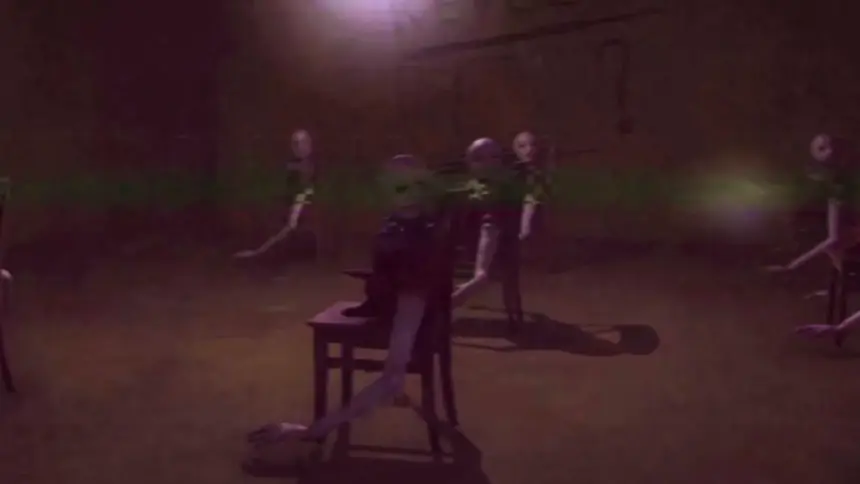"The Backrooms 1998" is no ordinary horror game - it is a digital nightmare that looks like a VHS tape from hell with its endless corridors and disturbing found-footage visuals. Inspired by the internet myth of the same name, it deliberately plays on primal fears of isolation and disorientation. But the question remains: is it a masterpiece of psychological horror or simply a frustration generator full of jump scares? Our test provides the answer.
Ingeniously disturbing or simply tiresome?
At its core, the player takes on the role of a teenager who inadvertently gets caught up in the labyrinthine backrooms. The story unfolds through subtle environmental stories and eerie discoveries that gradually uncover a larger mystery.
The game borrows heavily from found-footage horror films of the early 2000s and uses VHS filters to intensify the immersion. The flickering images, noisy textures and abrupt disruptions create an oppressive atmosphere and the feeling that something is fundamentally wrong. Initially, this style increases immersion enormously, but over time the visual sensory overload can become exhausting. While some players will appreciate the consistent VHS aesthetic as artistically valuable, for others it may simply be too much.

Full of suspense or just annoying?
The gameplay in "The Backrooms 1998" is based on survival and escape mechanisms as the player navigates through a constantly changing labyrinth while avoiding invisible creatures. The microphone sensitivity is particularly innovative: the game registers sounds from the player's real environment, so even a startled gasp can mean the virtual end. This adds a level of realism that provides additional excitement.
However, this mechanic can also be frustrating, especially for players who do not have an absolutely calm environment. The lack of resources, such as batteries for the flashlight or markers for navigation, also causes ongoing stress. Every decision has consequences, but the high difficulty and restrictive save system could be more punishing than rewarding for many players.
A game of patience or unfairly difficult?
The controls are basically simple, but sometimes feel a little imprecise - especially when interacting with objects or navigating through narrow passages. Hiding mechanics, such as crawling under furniture or hiding in cupboards, are essential for survival, but do not always work reliably. This can lead to annoying failed attempts, which are not due to inability to play, but to inaccuracies in the mechanics.
The inventory system requires strategic use of healing items and tools. While this brings additional challenges, it sometimes feels unnecessarily cumbersome. Especially in hectic situations, the cumbersome navigation through the menu can slow down the flow of the game and lead to moments of frustration.
Atmosphere meets monotony
Visually, the game almost perfectly captures its intended aesthetic. The grainy VHS graphics contribute to the oppressive atmosphere and make the environment seem oppressively real. However, the repetition of the same sterile corridors can become monotonous over time, making exploration less exciting.
Acoustically, the game shines with an eerie soundscape. Distant footsteps, distorted whispers and sudden audio distortions intensify the psychological horror. Unfortunately, this effect is sometimes disturbed by excessive jump scares. While the soundscape masterfully builds suspense, the game occasionally interrupts this atmosphere with cheaper shock moments that become predictable in the long run.
Conclusion








